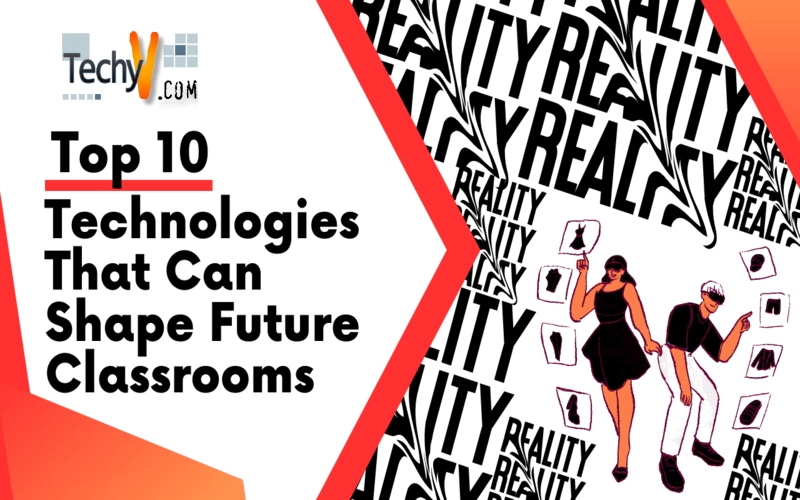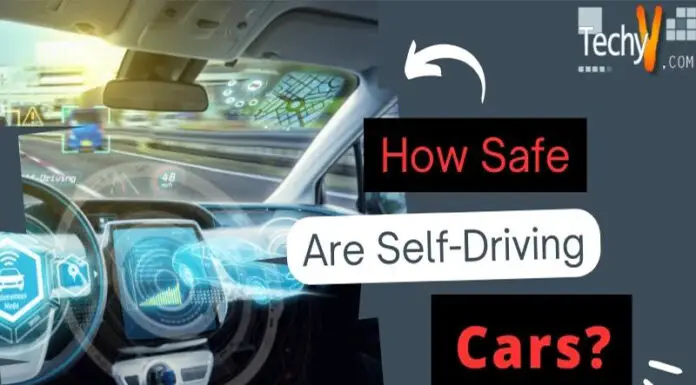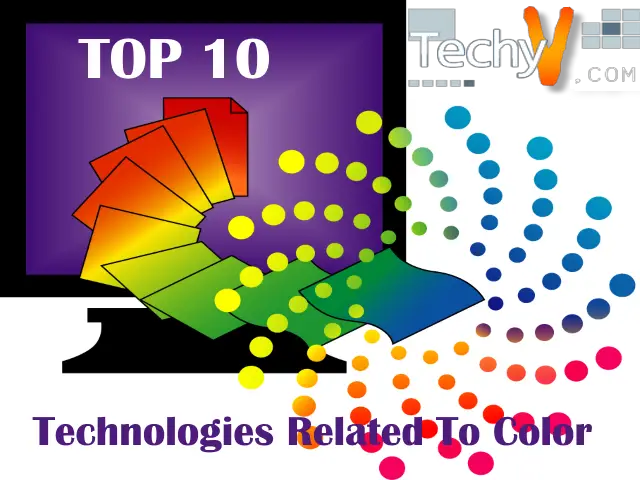What is the future of learning? How will the classrooms be in the future? New technologies, such as cloud computing, enhanced reality (RA) and 3D printing, open up the path to the future of education. At least, we can extrapolate these experimental techniques and predict how to predict future schools.
However, as the original intentions of new technologies permit innovative and predictable use, we can never be sure of changes in the expectations of higher stars. At this moment, we will see its progress and future technologies will be able to have a better education.
1. Augmented reality

We are expecting augmented reality in search of the world of storms, with Google Glass, great games and astronomy applications.
It is hoped that the audience has been able to develop their RA skills, which allow users to view information through lens viewing. At present, access to AR technology is limited to educational purposes, especially for mobile phone applications.
Applications such as Sky Map look at the night sky of the constellations but are not fully integrated as an educational element, as it has not yet reached its maximum extent. The AR experience can easily be confused with confusing information.
With Google Glass and other handheld devices with AR, students study the world without breaking a device that can not break the experience. Will Powell, the developer of Oxford AR, is a simpler version of Google Glass.
There are also reasonable outputs with AR. Andrew Vanden Heuvel taught physics at the Swiss Large Hadron Collider in Switzerland, transmitting it to Google Glass beta for thousands of students.
Students will be able to see additional and interactive information that they can learn more in historical history, as the AR advertising application recognizes and interacts with real-world imagery.
2. 3D printing
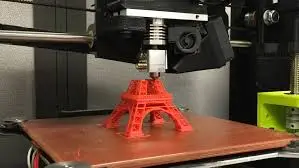
3D printers should be in the classroom. Instead of playing with them in the future in the classroom, students have different goals for printing 3D models, such as show and tell.
Students and engineering teachers are an excellent example of direct involvement in 3D printing technology. At the Margaret School of Minneapolis, BST 3D Design Project Dimensional Prototypes.
3D printers work on mini-models to test the principles of engineering design so that students can improve their design before creating a real prototype. Students can freely experiment with their designs, without spending much time and cost.
Abstract thinking, real-life patterns
Like other topics that need a view, if you reduce the cost of 3D printers, conceptual concepts can be easily taught. For example, molecular structures and configurations can hardly be understood, but by printing the physical versions of these structures, students can help add abstract thinking and help them understand them better.
3. Cloud computing
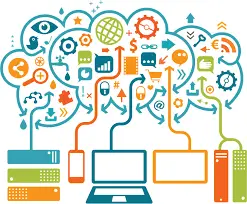
Cloud computing is boiling these days, and it is likely that many aspects of our society will change especially education. In an attempt to modernize education in China, Zhuji has installed more than 6,000 devices in the Zhejiang facilities in cloud computing in 118 schools.
In the classroom of the future, students need only an electronic device to access their homework and other resources in the cloud. That means you do not have heavy books at school and have access to constantly reading materials if you have an Internet connection.
This comfort will give students the freedom to do their projects or homework anytime, anywhere. The digital library is also accessible if there is no campus library. You can take a walk to the library or even in the classrooms (but the illness is not an acceptable excuse to skip classes in your room).
Cloud Computing need to be virtualized in the classroom. Schools can take advantage of cloud technology and take advantage of online learning platforms for students to participate in and participate in the virtual environment.
Take, for example, a cloud-based virtual learning environment (VLE) concept that allows students to participate in learning content and participate in discussion forums. Tasks or even tests can also be easily extended to the classroom, reducing students’ need to physically present them, but to encourage interaction and debate, educators need a channel.
4. Online social networking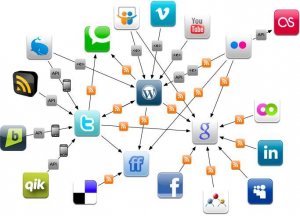
Some universities have registered in the virtual world online, with Second Life, to offer an online platform for sharing. Like much of the cloud platform, these social networks allow students to freely share ideas as teachers modify it.
This learning is our responsibility, not the faculty, but also the creation of a new concept.
Also, this multidisciplinary interactive learning, as ideas are free ideas, will be aligned with real-world scenes where cooperation is normal. You can access social networking tools to improve collaborative and group creative initiatives.
Although it is necessary, teachers can advise forum queries, or send immediate information to the cloud community. Another benefit is the feedback tool for improving teaching materials. The educational vision of education seems to be more important for future students.
5. Flexible displays
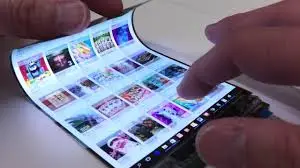
Memorandum notes are still valid during speeches, even though documents are deleted from laptops, netbooks, or tablets. As teaching environments are more digitized, how will the future classroom be the difference between the pen and the paper, the keyboard and the screen?
The response to OLED-based views can be flexible. Like plain paper, the screens will be light, flexible and very thin. That means we can take them to the tubes or fold them up like newspapers.
Unlike ordinary paper, however, electronic plastic articles are not only durable (the term “irreparable” is correct), but they also provide interaction. Holes, taps, and clamps (maybe), flexible paper and flexible screens can make paper industries concentrate. On A4 paper prototype and Sony fine paper, only 63 grams in weight. Laptops or mobile phones cannot have batteries in this type of transport.
6. Biometrics
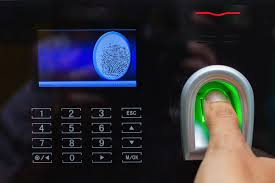
One of the recognized biomedical technologies is biometrics. By convention, biometric data is linked to the security industry, as each one uses to authenticate their identity: fingerprints, facial recognition, iris patterns, voice. About education, some schools only use fingerprints to avoid absenteeism and provide library books.
However, eye tracking can be useful, for example, to understand how to absorb teaching content and understand invaluable comments from teachers. Advertising research is using eye-tracking technology to find out how consumers respond to ads and how they care.
Likewise, the same exam can be done to check the effectiveness of the course or to verify individual learning styles. Mirametrix uses its S2 Eye Tracker to evaluate what is learned in the learning sessions.
Replacement cheaper Eye Tribe with Windows and Android, so educators have little time to get that information.
It can be integrated into data interaction learning systems to adapt the content to each student’s learning. Alternatively, the eye movement pattern can also guide the distribution of content, considering the concepts that may have difficulty understanding the students, which stand out for a long time in this section.
7. Multi-touch LED screens
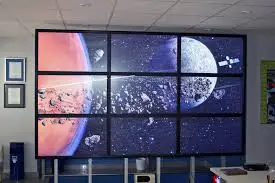
In recent decades we have seen a black screen on a blackboard, projector and computer projector. If I think the next line will be something like our smartphones and tablets. In other words, the “table” below will probably have a giant touchscreen with a higher degree of interactivity.
After all, as in our phones, we speak of a screen connected to a computer capable of creating infinite images, sounds, and combinations of the video. This new “Table” and the main difference with our smart devices is the simultaneous detection of many types of contact for many students.
Instead of the traditional board that is in front of the classroom, the Samsung SUR40 will be like Microsoft Surface, a giant tablet, on the LCD screen. Students will sit around the table, move to the board, manipulate and drag images on the screen, or take notes with the on-screen keyboards.
Consider thinking about receiving a table for each student. Along with the characteristics of the social network, these multitouch surfaces allow students to collaborate with coworkers around the world.
8. Game-based learning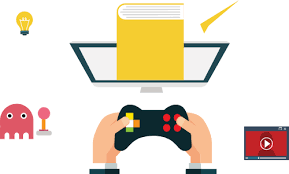
As the world grows in connection with the Internet, children today are less attentive. This is not surprising; his childhood is offering YouTube, Facebook and smartphones, 24-hour updates and answers to all queries from Google and Wikipedia. To get into a fast-paced generation, schools ignore common learning methods to align with each other.
Kinect Education offers an online community for educators and interested students who want to learn Microsoft Kinect. As you can see in the video, educators, and students are one of the best suggestions for motion-sensing technology, allowing students to learn sign language and learn to play guitar to identify hand movements.
In another example, a professor at Washington University Bothell teaches colleagues to learn from their colleagues through the Kinect movements. In addition to successful devices such as the Wii Remote and PlayStation Move, mobile motion detection techniques seem to require interaction because students feel more committed to learning.
9. Design games
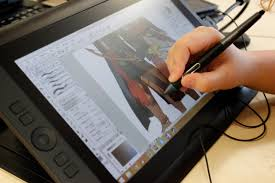
Another concept that educators take is not focused on the game or interactivity; but rather, how to learn the game design process emphasizes the education of students. Gamestar Mechanics is the idea that students have basic game creation skills (without programming complexity) to create their games and, therefore, language, systematic thinking, problem-solving, errors ….), stories, art and much more.
Fourth and ninth grade students learn to play a game of games, which assumes the role of a young designer who aspires, through missions, missions, etc. to access different Sprites. There is no video conference available in the current market.
In this way, educators are moving away from traditional classroom teaching and allow students to learn fun and interactive games. It is essential that future students who grow up with this technology require a greater degree of fun and enthusiasm based on attractive and generational education.
10. Education beyond classroom

In the future, education will not be limited to formal institutes such as schools and schools. Through AR, cloud computing, online social networking and eye tracking technology that use adaptive learning systems outside the traditional learning classroom.
Experiments and mistakes will also be encouraged to make simulations, effects or costs based on 3D printing and game-based learning. None, students will soon learn that knowledge is not learned wisely, but as a critical and enriching life as a proactive life.



